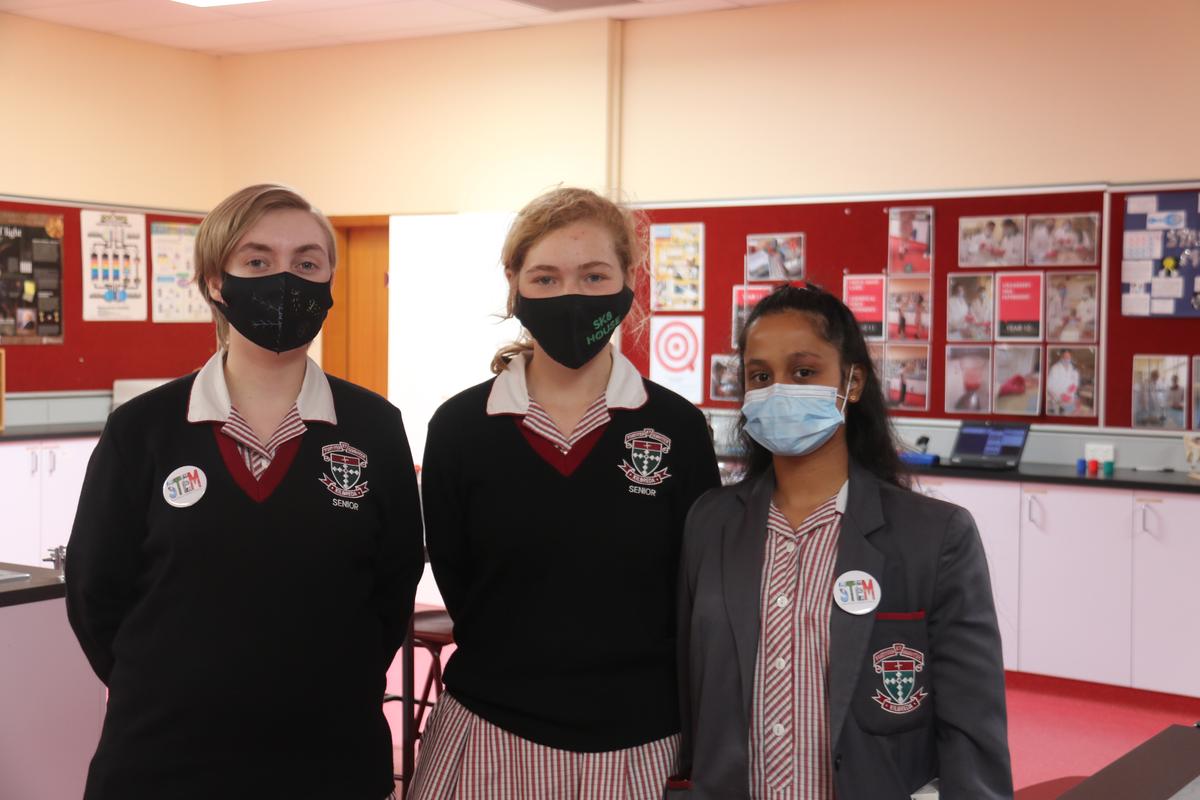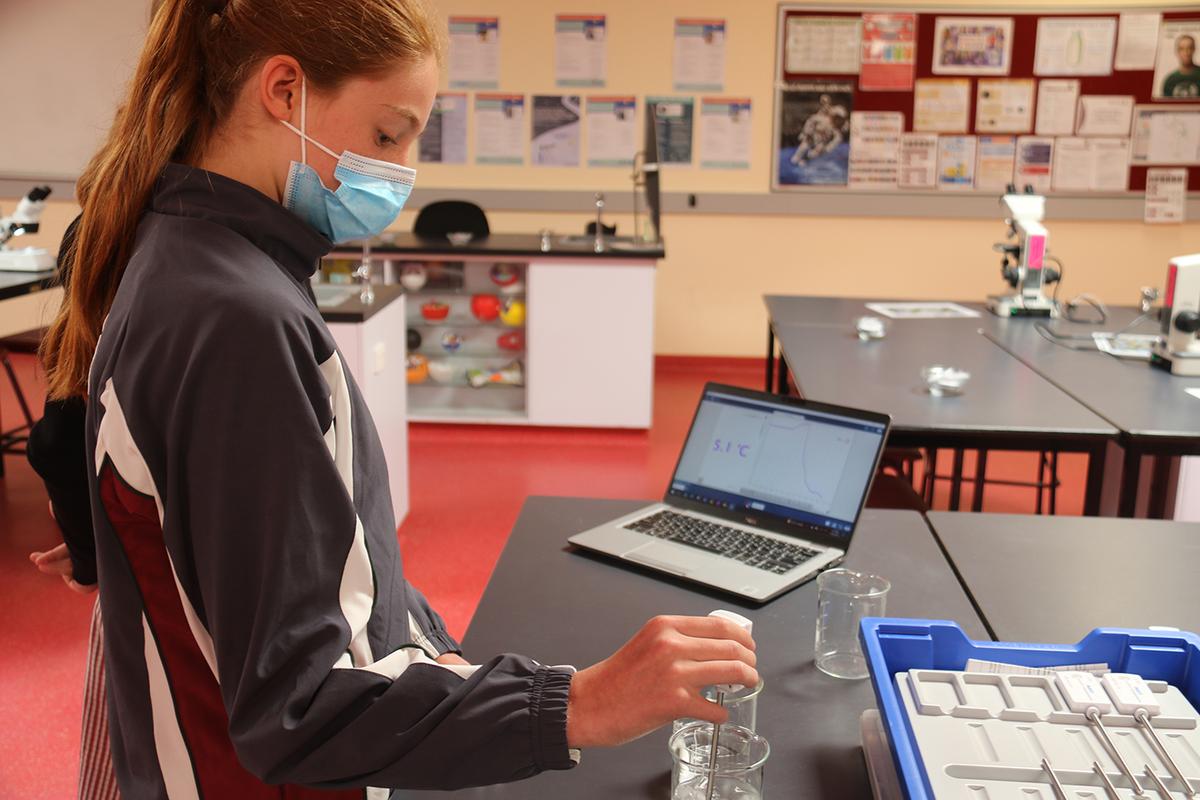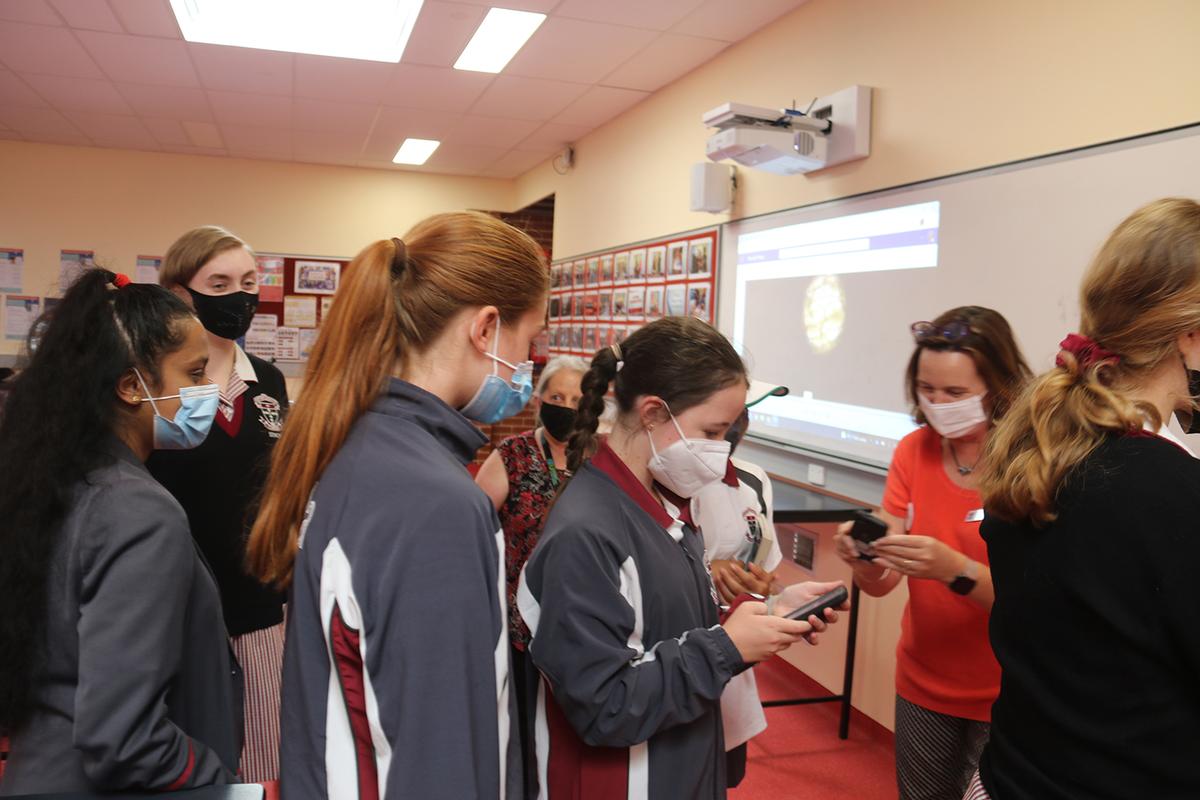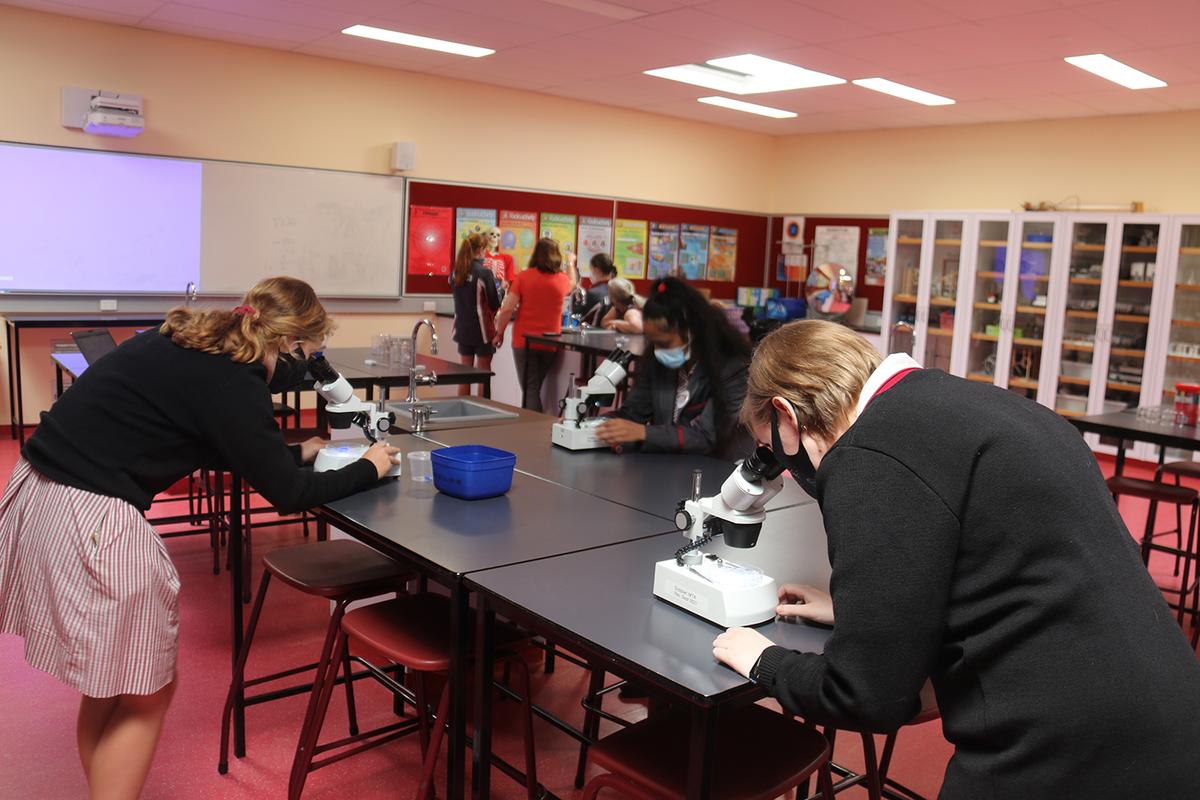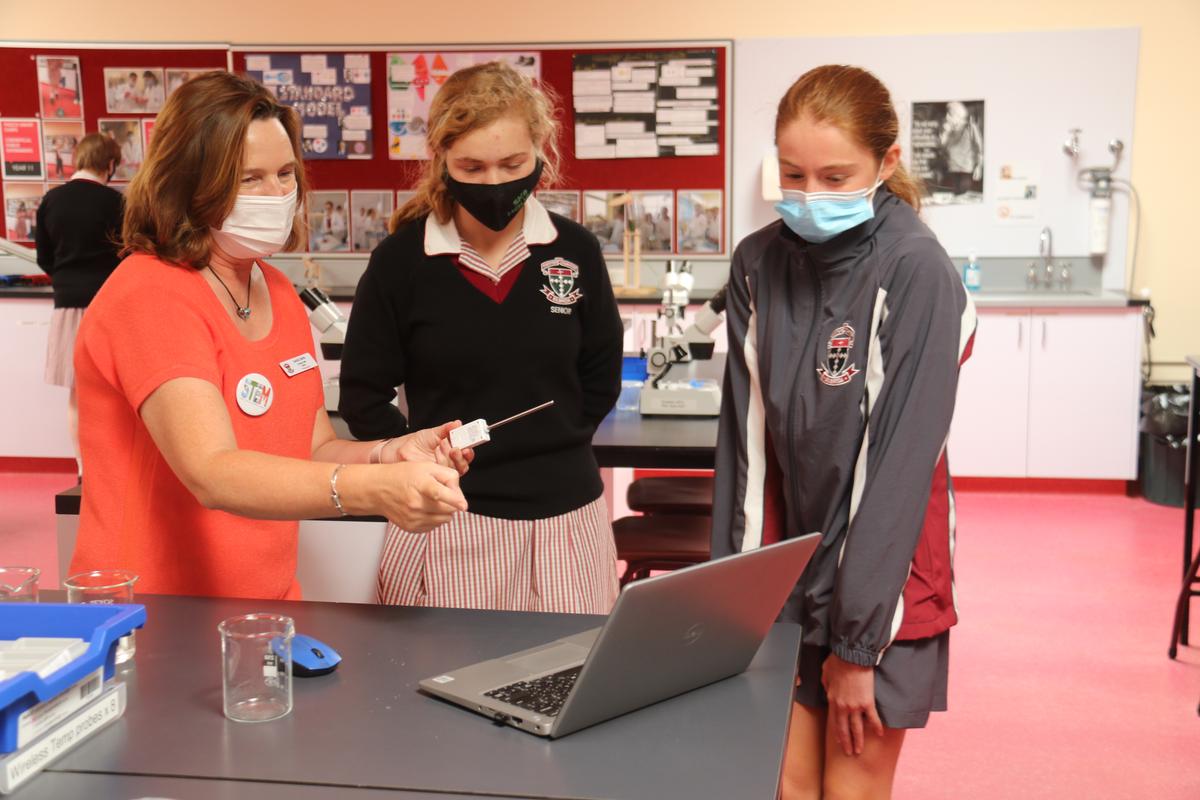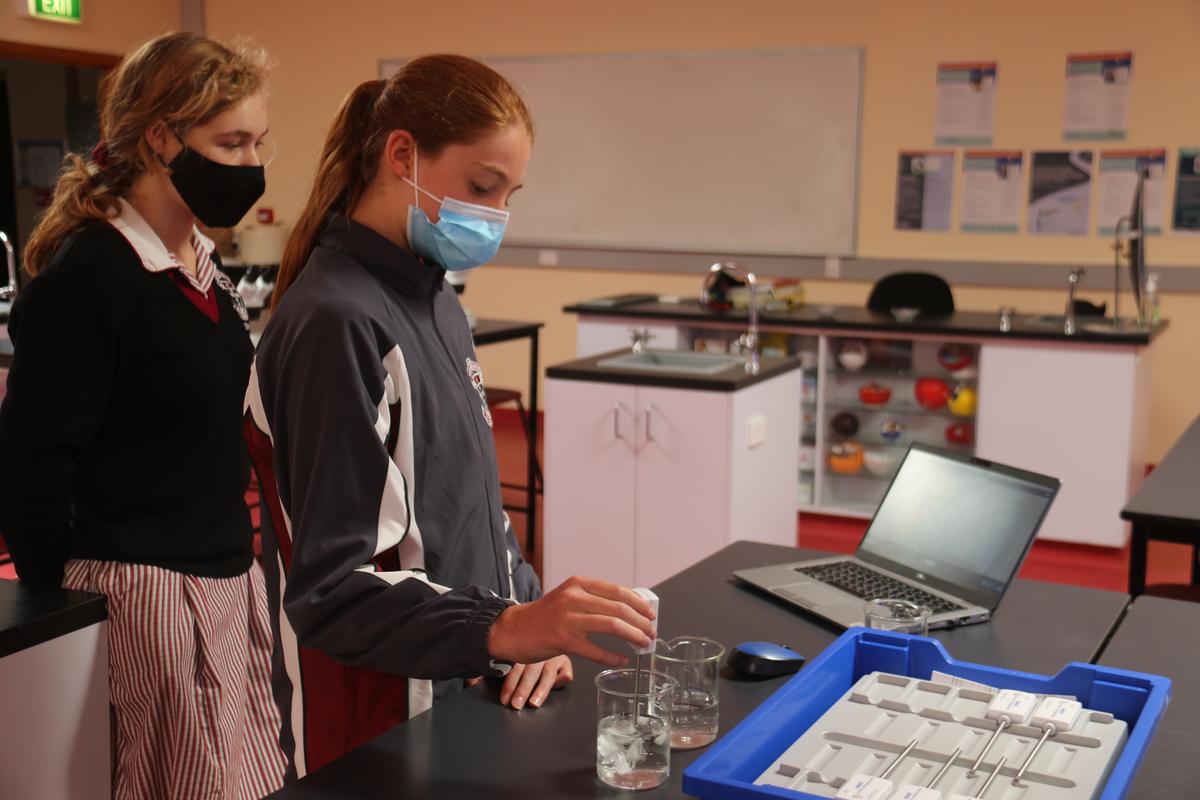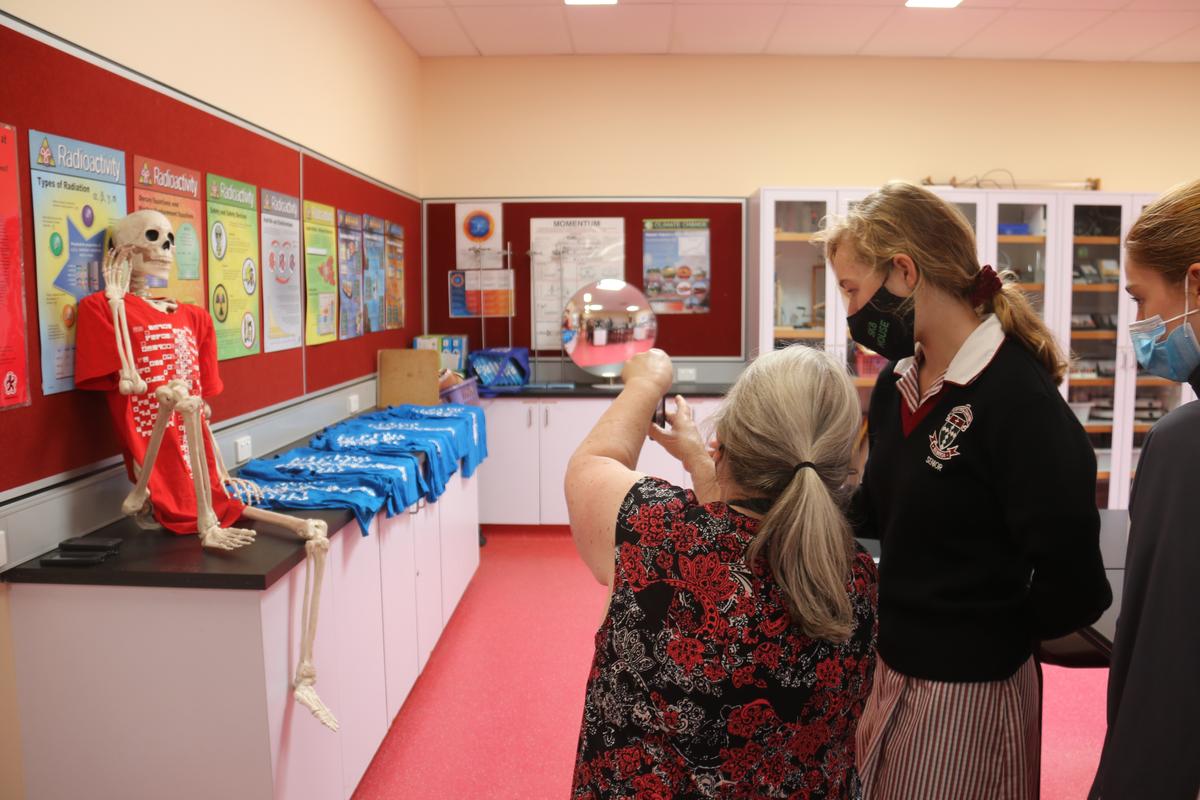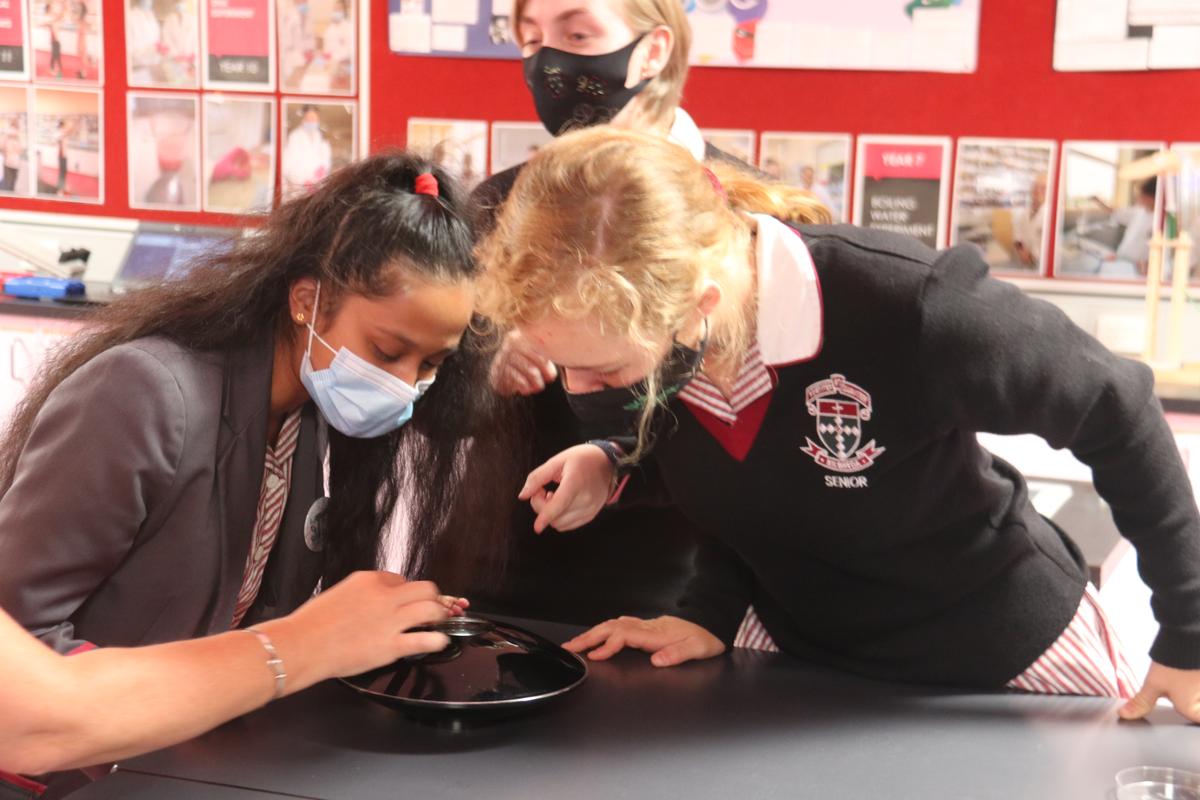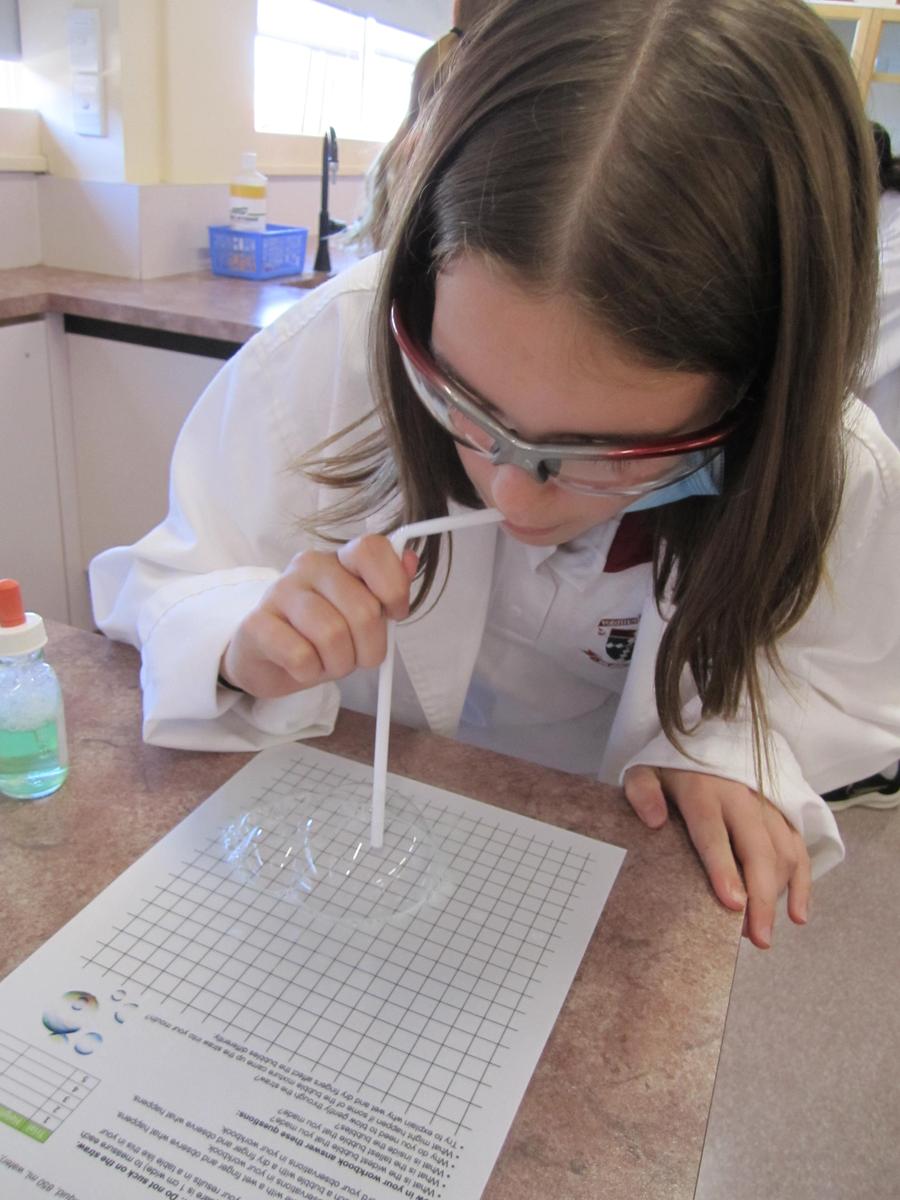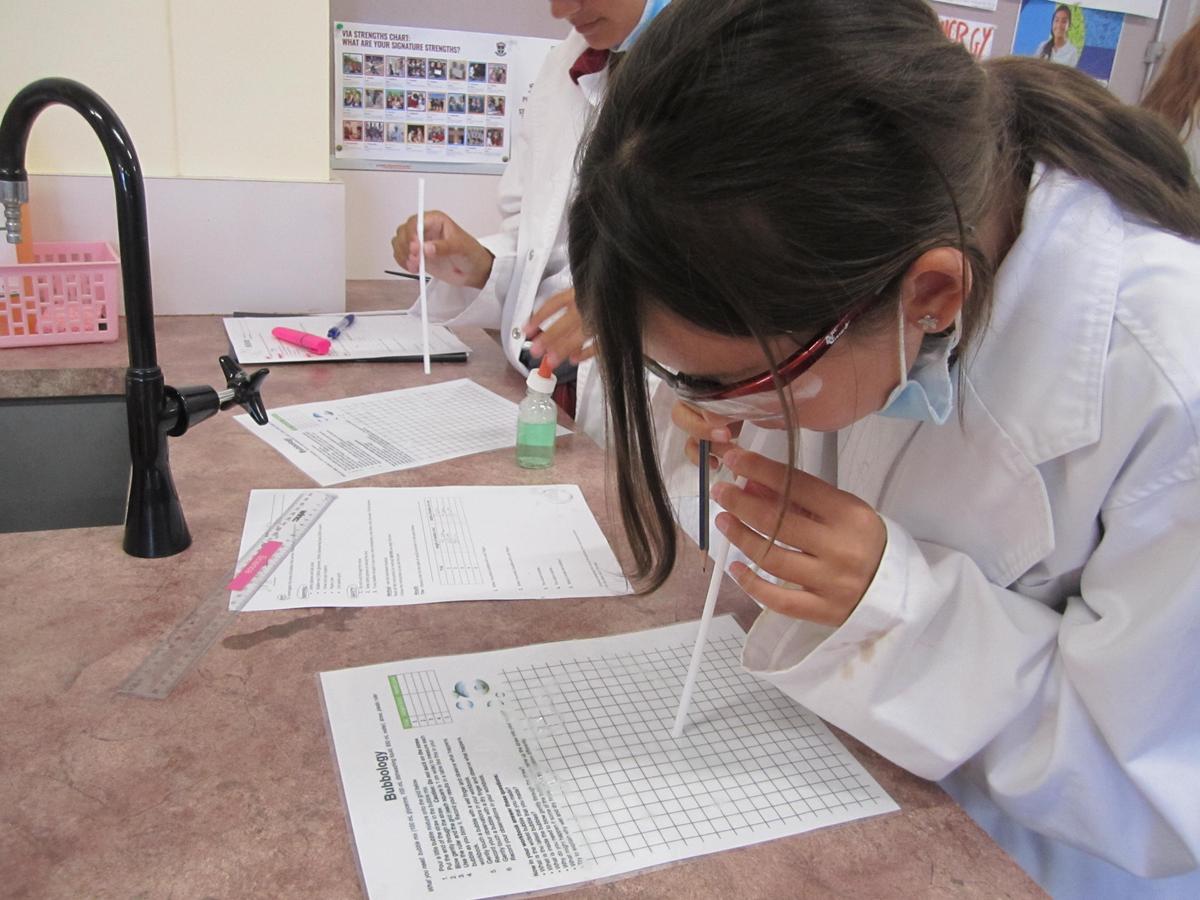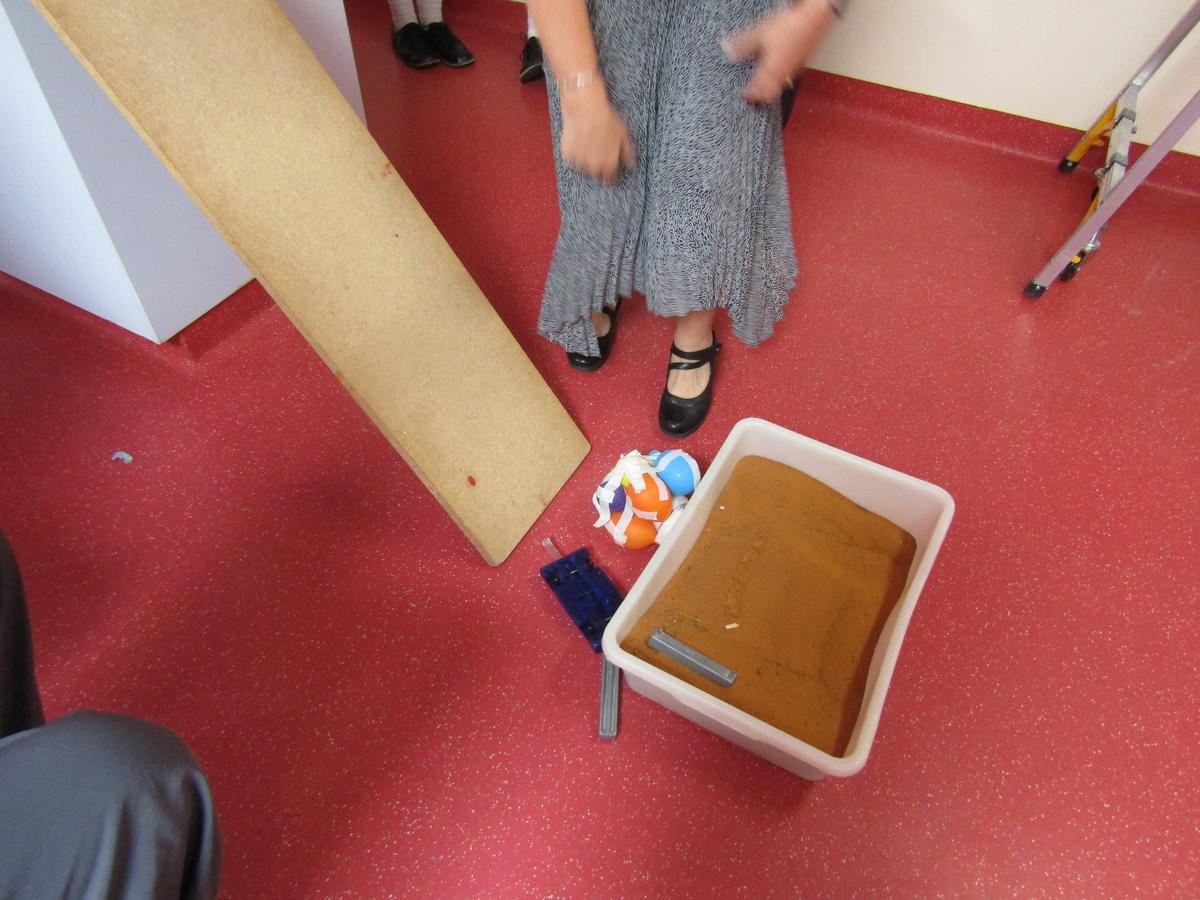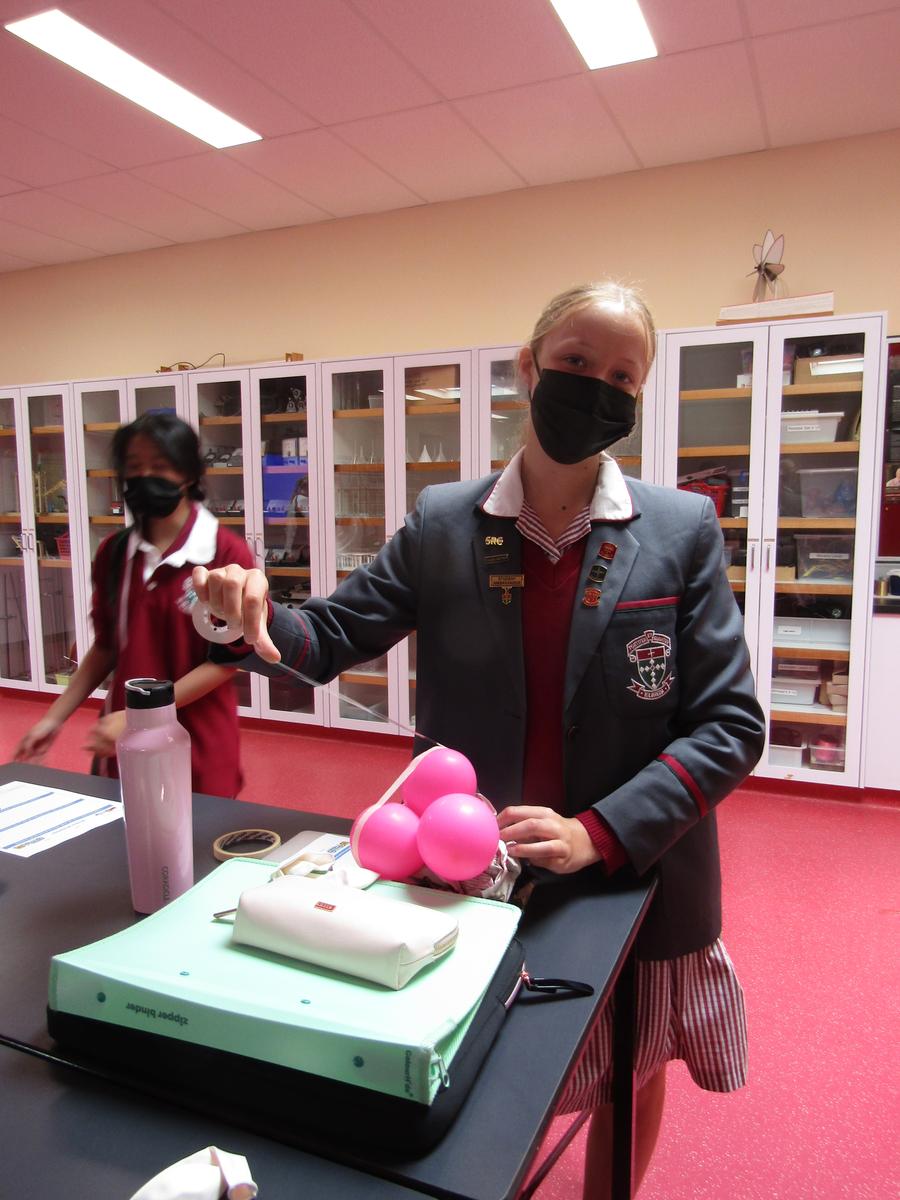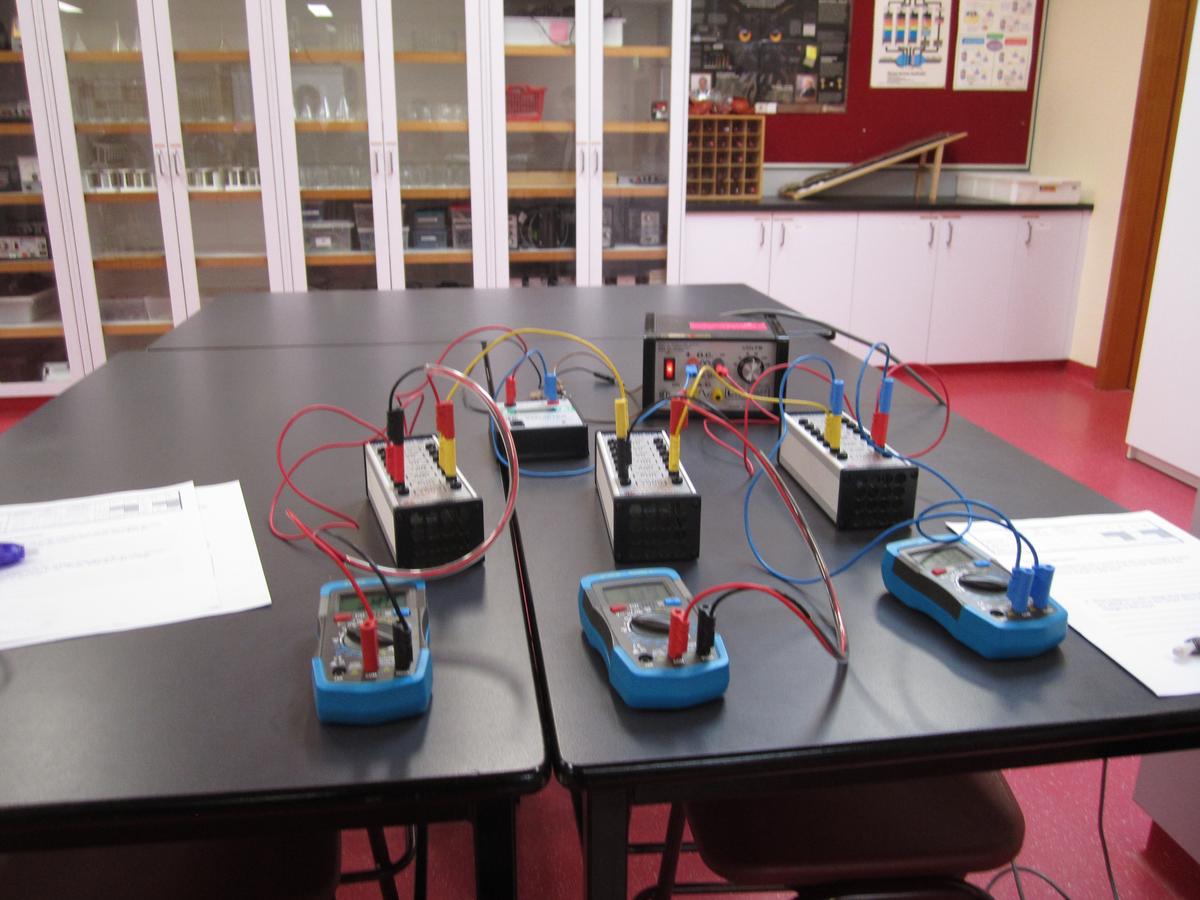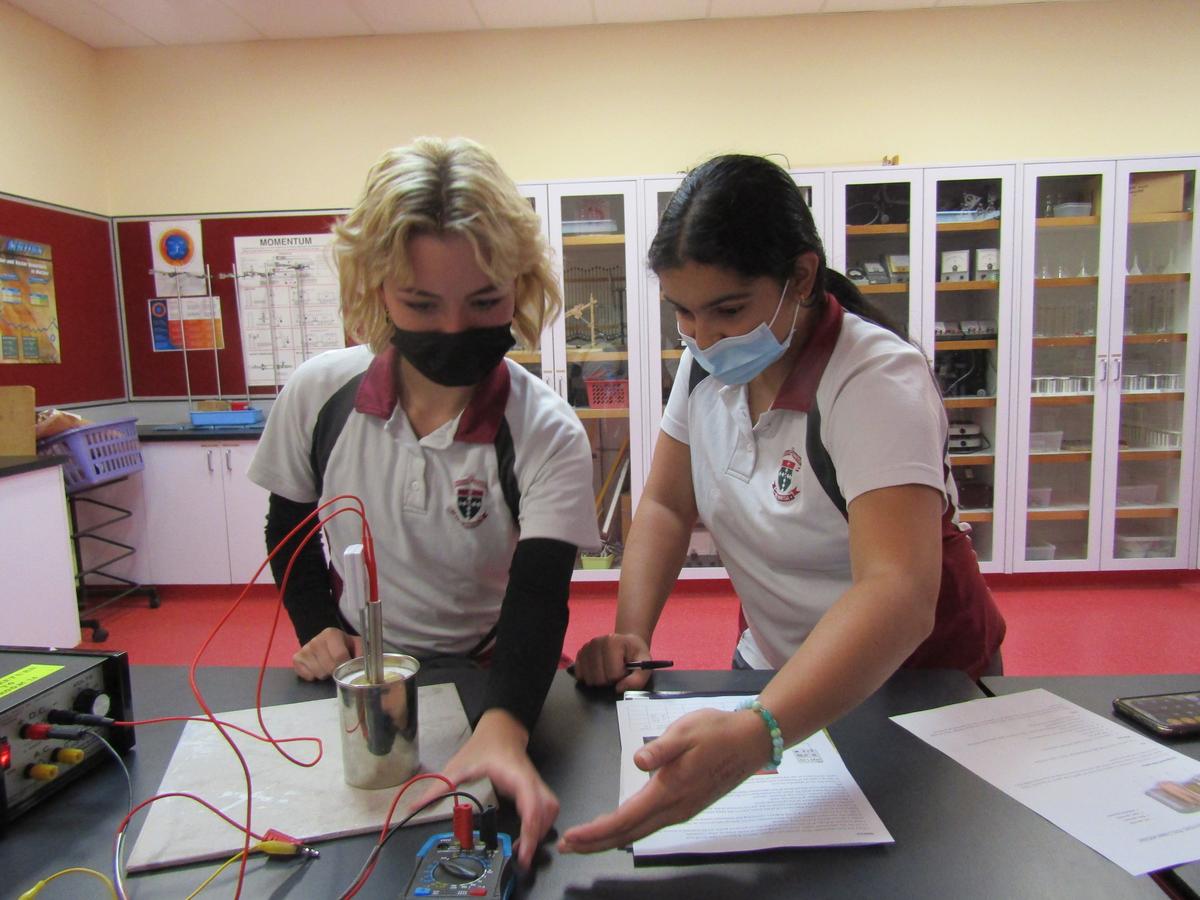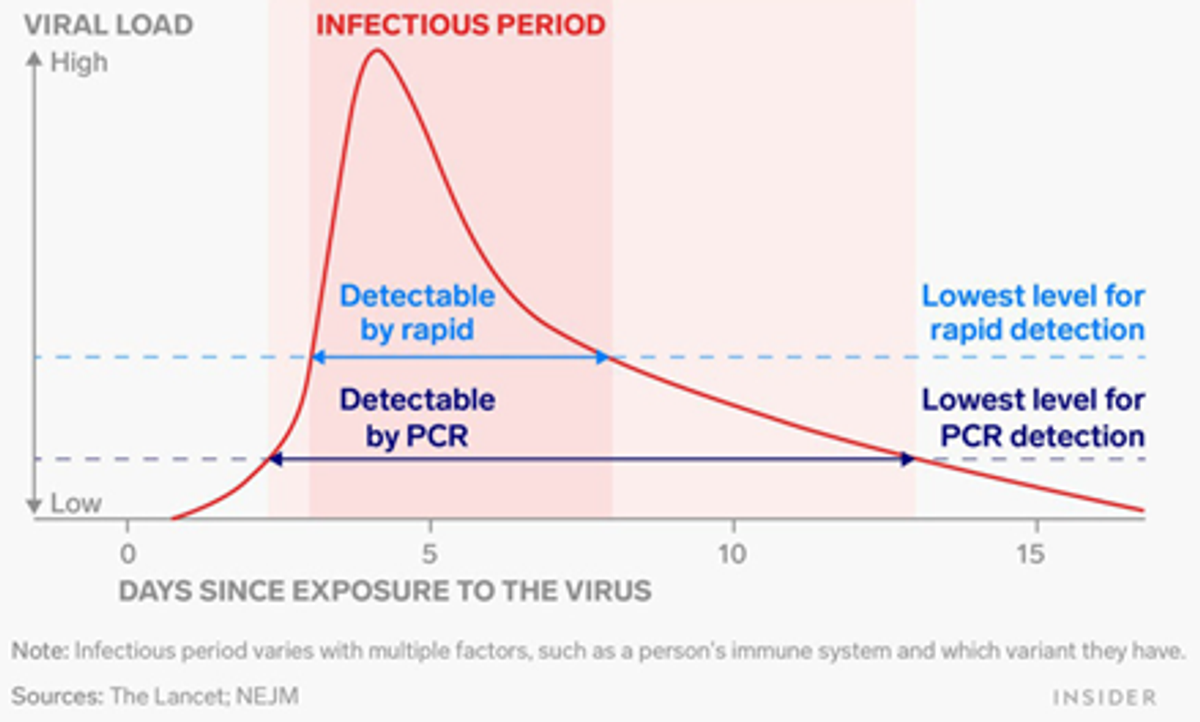Science

It has been a joy to return to onsite learning in 2022. Although there have been inevitable isolations of staff and students due to COVID-19, being able to have almost all students at school is a start we are grateful to have.
International Day of Women and Girls in Science - 11 February
In 2015, the United Nations declared 11 February as an annual day to celebrate the importance of women and girls in Science.
At the College, we decided to celebrate this day with a raft of Science activities and an opportunity for students to meet our three 2022 Year 12 STEM leaders, Lakmi Dabare, Rachel Hoppe and Olivia Tubb.
These very impressive young women are blazing their own trails in STEM. Read about their stories and vision on the Digital Technologies and STEM page of this newsletter.
Year 10 Medical Science and Psychology
We are proud to be involved in a partnership with STEM Professional, Helen Rushby, who is completing her PhD in Biological Sciences at Monash University.
Helen will visit the College in May to share her STEM Journey with our Year 10 Medical Science and Psychology students.
Around the Labs
The labs have been busy places of industry and exploration. Our newest students in Year 7 have looked with wonder at bubbles, their reflected colours and structure. Students were challenged to create a bubble within a bubble -which they achieved!
Our Year 8 students have explored energy changes, modelling asteroids landing on the Moon using flour and cocoa.
The Year 9 students have looked at the heart of matter itself - the atom.
Our 10 students have investigated why things move by racing balloons across the labs and tested how cars crumple in to keep us safer in a collision by designing car accessories to protect aluminium cans in a crash.
The Unit 1 Physics class has enjoyed testing the way thermal energy is transferred through a series of practical activities.
What is a RAT?
Looking back only three years, could we have believed that we would routinely be carrying out rapid antigen tests alongside eating our Weeties for breakfast and brushing our teeth before school?
So, what does a RAT test do and how is this different to a PCR test?
Stile is a digital platform of lessons that is used at Kilbreda in Years 7 to 10 Science. A new Stile lesson just released explores the RAT.
One basic difference between a RAT and a PCR is the window of time in which a positive result may be detected. The differences can be seen on the diagram below. A RAT can detect the COVID virus a few days after exposure, which is when a person is infectious. This is because the test is less sensitive than a PCR and requires a higher viral load to be present. However, the convenience of taking the test after you have been in contact with a person with the virus and knowing within 15 minutes the likely outcome of the exposure is a far more preferable than waiting 24 hours or so for a result.
The graphic below from Stile explains how fragments of COVID-19 virus particles, when swabbed from the nose and mixed with a control substance, travel across the paper found in the RAT. The control particles will stop travelling at the point required to show the “test” line; whilst the virus particles (also called antigens), will continue further to the point indicating a positive result. Using these sophisticated tests to quickly assess our health has enabled us to continue with somewhat normal routines in the midst of a pandemic.
Image Credit: Stile
Jacinta Devlin
Learning Leader:
Science

